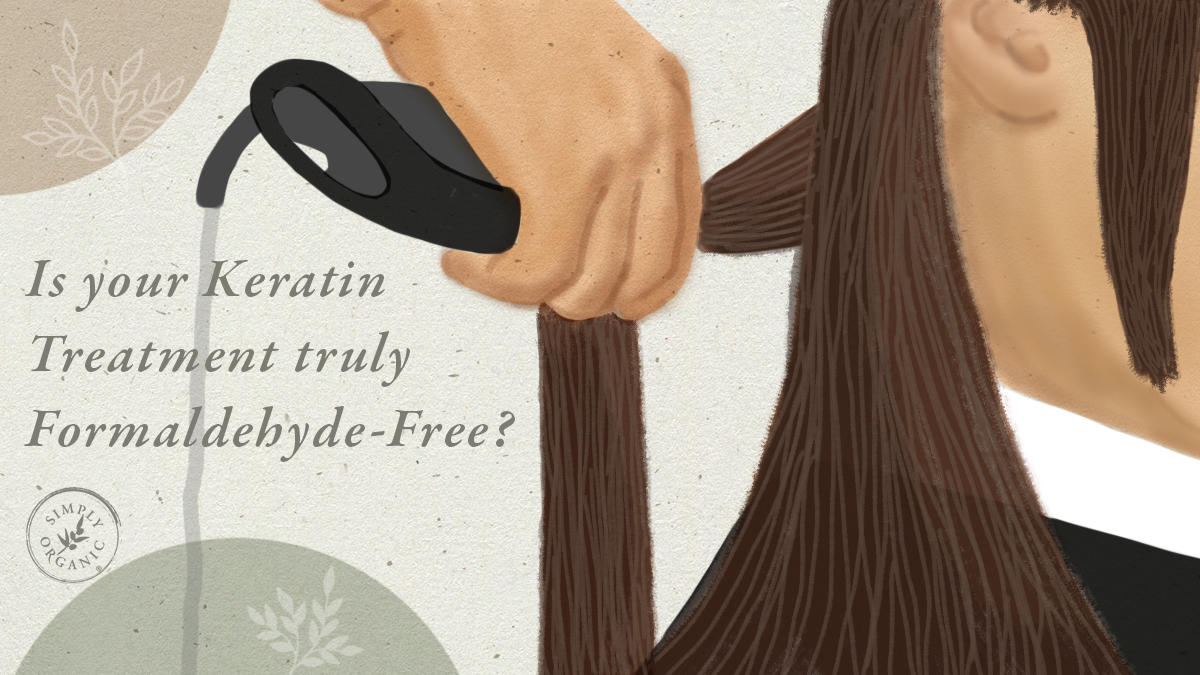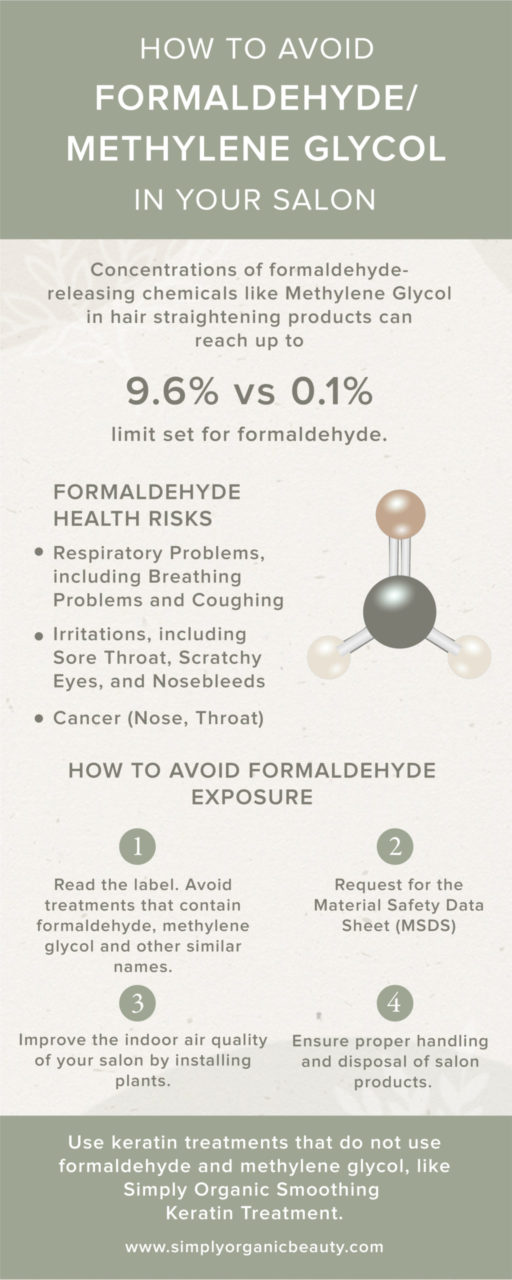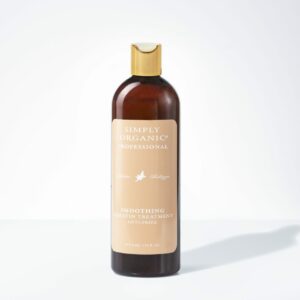Formaldehyde in Keratin Treatments

On December 14, 2016, the Environmental Working Group and Women’s Voices for the Earth sued the United States Food and Drug Administration for failing to protect consumers from the dangers of hair straightening treatments.1 The lawsuit alleges the FDA has failed to act against the prevalence of formaldehyde, which is classified as a human carcinogen by the International Agency for Research on Cancer (IARC), in keratin treatments in salons.
Why is formaldehyde dangerous?
 Formaldehyde is a colorless, strong-smelling gas used in keratin treatments to blast open the hair cuticle, accelerating keratin protein bonding to the hair. However, the health effects of using formaldehyde are far too harsh on the client and the stylist. According to the Center for Disease Control and Prevention, exposure to this toxic chemical can cause health issues2, such as:
Formaldehyde is a colorless, strong-smelling gas used in keratin treatments to blast open the hair cuticle, accelerating keratin protein bonding to the hair. However, the health effects of using formaldehyde are far too harsh on the client and the stylist. According to the Center for Disease Control and Prevention, exposure to this toxic chemical can cause health issues2, such as:
- Respiratory Problems, including Breathing Problems and Coughing
- Irritations, including Sore Throat, Scratchy Eyes, and Nosebleeds
- Cancer (Nose, Throat)
Unfortunately, the FDA has no control over cosmetics, except when companies violate the Fair Packaging and Labeling Act. While the FDA has already issued warning letters to GIB, LLC dba Brazilian Blowout and to Van Tibolli Beauty Corp. for safety and labeling violations, the FDA admits to having no authority to stop cosmetics with harmful chemicals (except when they contain additives) from entering the market, UNLESS they get caught for “misbranding”.3 All the government can do is send out hazard alerts and updates to warn consumers, prompting independent organizations to create voluntary standards for safe cosmetics.
After industry-funded panels and organizations revealed the health risks of formaldehyde a few years ago, many brands have begun removing formaldehyde from their ingredients lists and marketing their products as “Formaldehyde-Free”, only to replace it with a seemingly “safer” chemical – Methylene Glycol.
What is methylene glycol?
Methylene Glycol is a mixture of formaldehyde and water, and releases formaldehyde when heated with a straightening iron or blow dryer. Although methylene glycol and formaldehyde are different chemically, the Scientific Committee on Consumer Safety in Europe considers them equal. 4
Concentrations of Methylene Glycol in hair straightening products can reach up to 9.6%,5 which is much higher than the limit set for formaldehyde in the US, which is 0.1%. So while companies can technically brand their products as formaldehyde-free, the health risks are still pretty much the same.
How can we avoid formaldehyde and methylene glycol exposure?
1. Read the label. Avoid treatments that contain formaldehyde, methylene glycol, and other similar names such as formalin, methylene oxide, paraform, formic aldehyde, methanal, oxomethane, oxymethylene, or CAS Number 50-00-0 in the ingredients. 6

5. Use keratin treatments that do not use formaldehyde and methylene glycol. Simply Organic Smoothing Keratin Treatment is a non-toxic smoothing hair treatment that smoothes and shines frizzy, difficult hair. Formulated with Amino Acids and Olive Oil, it strengthens hair to protect against breakage and infuses the hair structure with Keratin, restoring hair to its healthy state—all without compromising client’s well-being.

2. Request for the Material Safety Data Sheet (MSDS). The Occupational Safety and Health Administration (OSHA) requires manufacturers to list formaldehyde in the ingredients if it is in the product for 0.1% or more or if the product releases formaldehyde above 0.1 parts of formaldehyde per million parts (ppm) of air.7
3. Improve the indoor air quality of your salon. There are several plants you can install to rid your salon of fumes and eliminate pollutants. Plants like Peace Lily, Aloe Vera, English Ivy, Azaleas, and Weeping Figs don’t just make beautiful decors, but they also help remove traces of formaldehyde, ammonia, and other toxic chemicals in the air.
4. Ensure proper handling and disposal of salon products. Doing so will not only protect you and your clients from exposure, but you are also helping prevent environmental hazards from improper disposal of toxic waste.
Sources:
1Environmental Working Group. (2016). Lawsuit Urges FDA to Protect Salon Workers, Consumers from Formaldehyde. Available: http://www.ewg.org/release/lawsuit-urges-fda-protect-salon-workers-consumers-formaldehyde
2Center for Disease Control and Prevention. What You Should Know about Formaldehyde. Available: https://www.cdc.gov/nceh/drywall/docs/whatyoushouldknowaboutformaldehyde.pdf
3United States Food and Drug Administration. Hair-Smoothing Products That Release Formaldehyde When Heated. Available: https://www.fda.gov/cosmetics/productsingredients/products/ucm228898.htm
4,5 Europa EU. Methylene Glycol in hair straighteners. Available: https://ec.europa.eu/health/scientific_committees/docs/citizens_methylene_glycol_en.pdf
6,7United States Department of Labor. Hair Smoothing Products That Could Release Formaldehyde. Available: https://www.osha.gov/SLTC/formaldehyde/hazard_alert.html




